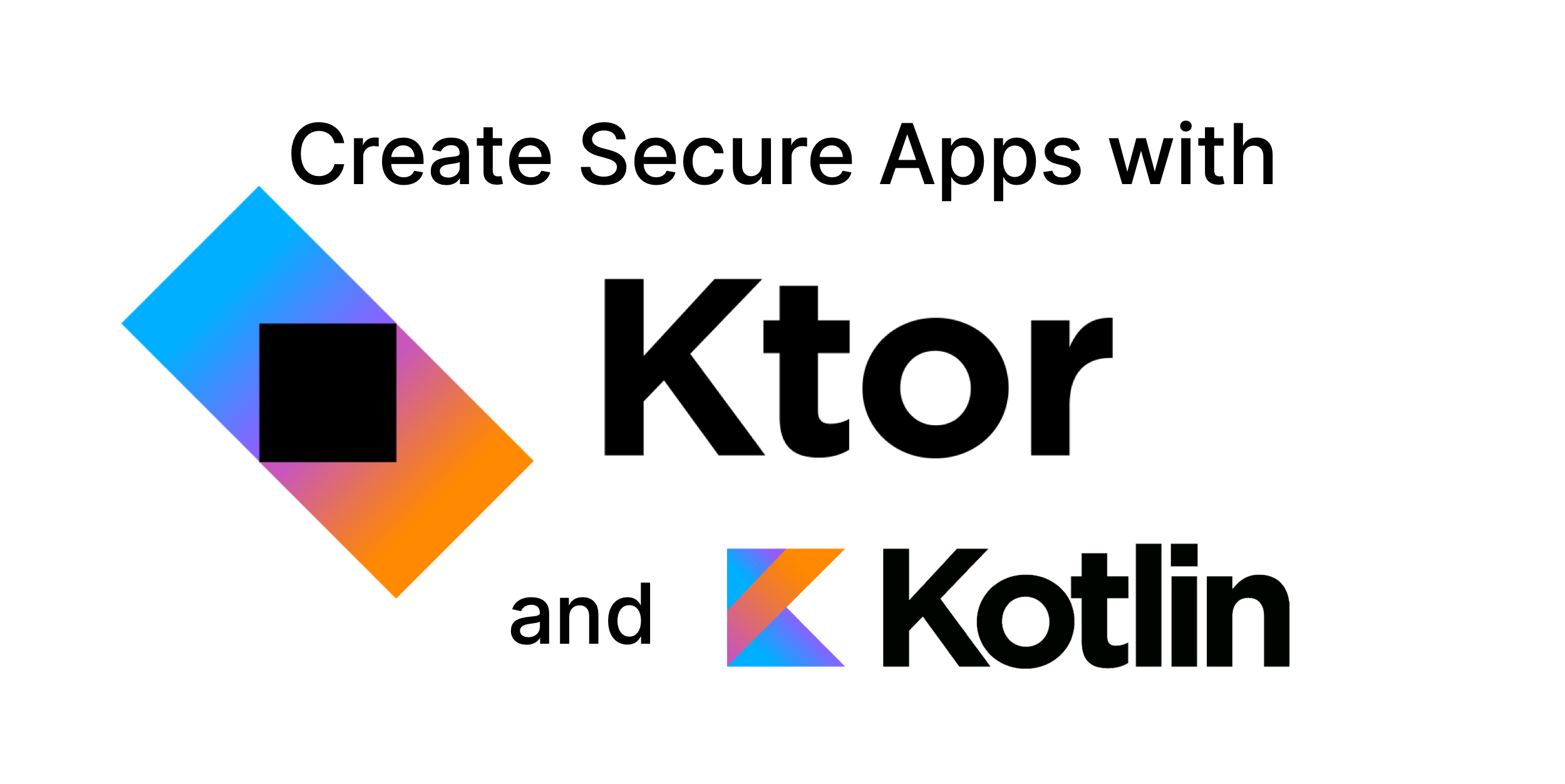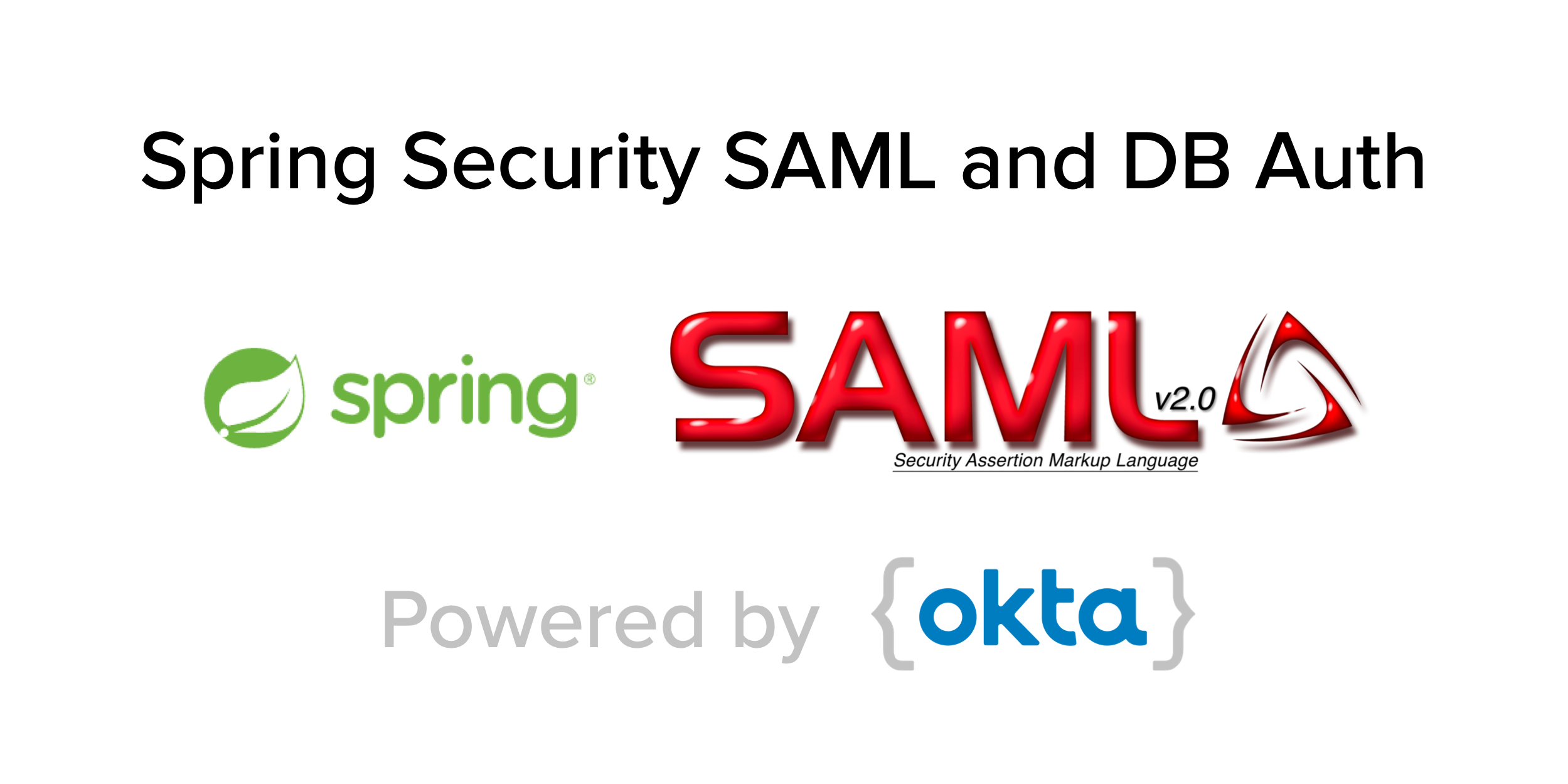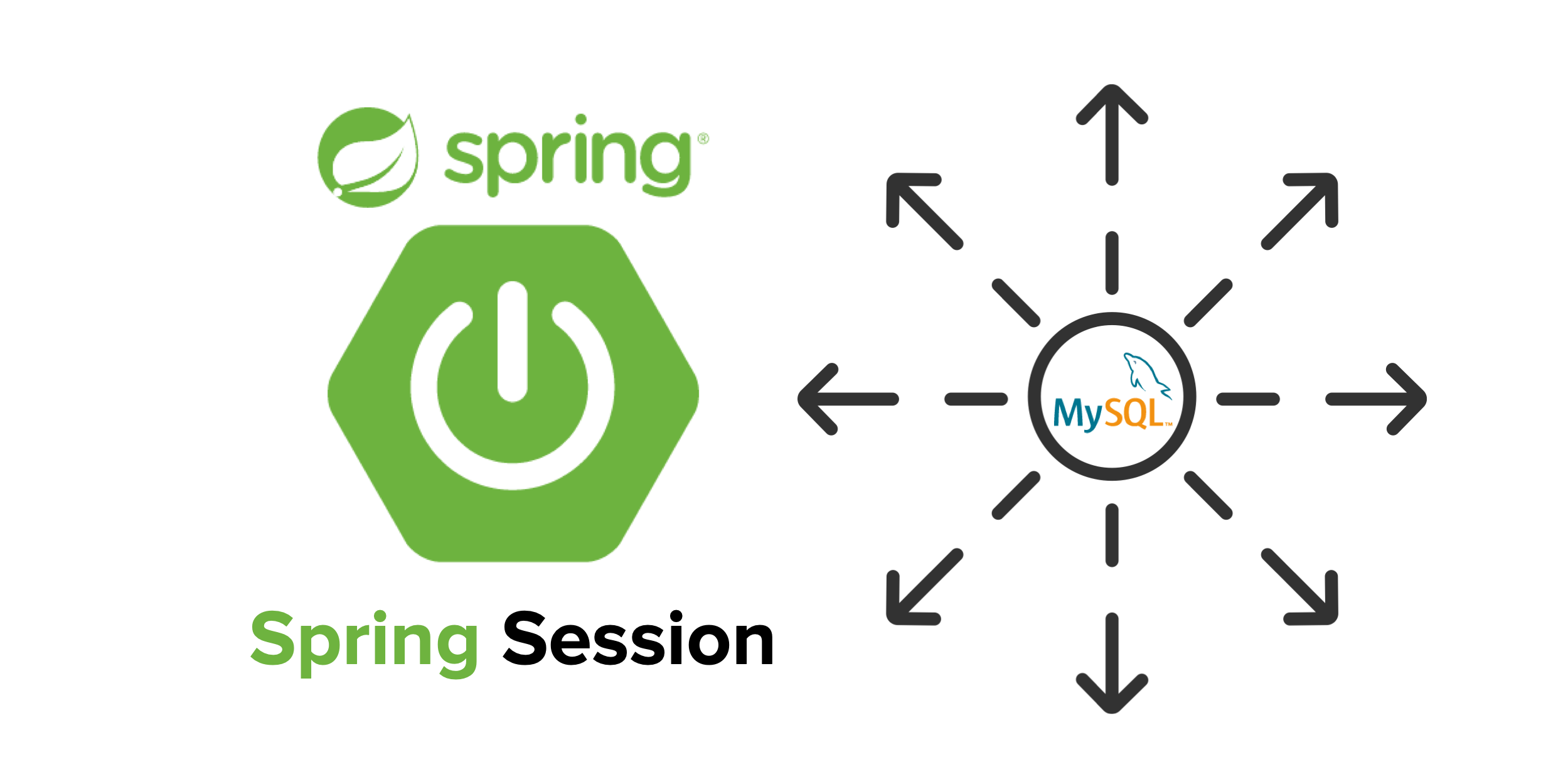Setup a Mute Indicator Light for Zoom with Hammerspoon

In this post, I’m going to show you how to set up a light that will turn on when you’re in a Zoom call. The color of the light will show your mute status, red will indicate that you’re muted, and green if you are not muted. Because Zoom doesn’t provide a native interface for determining mute status, I will instead use a tool called Hammerspoon to accomplish this. Note: Unlike most software for macOS,...
Build a Video Chat Service with JavaScript, WebRTC, and Okta

If you are familiar with any sort of real-time communications over the internet such as GoToMeeting, Google Meet, or Discord then chances are you have used WebRTC. WebRTC is an open framework for handling real-time communications. It supports video, voice, or any data between peers. WebRTC is supported by Google, Apple, Microsoft, Mozilla, and many others. In this tutorial, you will learn how to build a web application that allows a user to broadcast their...
Create a Secure Ktor Application with Kotlin

In this tutorial, you will build your very own Nano Blogging Service (nabl for short) using a modern JVM stack. This includes using the Kotlin programming language, the Ktor web framework, and securing it with Okta. Users can log in or sign up, post updates, and browse specific or global chronological feed without advertisements. The blogging service displays posts from the selected user or everyone in the chronological feed. Kotlin is often considered a “better...
What's New in Laravel 8

With Laravel 8’s release in September 2020, the popular PHP framework continues to offer new features and improvements. After version 5, Laravel moved to semantic versioning and the more frequent releases have meant smaller changes between each one. That said, there are still several exciting updates in this version of the framework. While Laravel will continue to offer security fixes for version 7 until early 2021, no more bug fixes will be released after October...
Spring Security SAML and Database Authentication

Spring Boot is a ubiquitous and well-supported suite of tools for developing web applications in Java. Database authentication, in which credentials identifying authorized users are stored in a database accessible by the application, is maybe the most common and straightforward method of authenticating users. SAML is a well-supported open standard for handling authentication between identity providers and service providers. Configuring SAML authentication in Spring Security is a common topic, and examples are easy to come...
Build a Modern API using Fastify and Node.js

Fastify is just as the name implies, fast. Not just in terms of development speed—its low overhead means the server is fast as well. When writing APIs, speed on both sides is paramount. Fastify is a web framework for Node.js that was designed for efficiency. Fastify is fully extensible with hooks, plugins, and decorators. It is schema-based, meaning you can define your response and request objects in your routes and have Fastify do the data...
Test in Production with Spring Security and Feature Flags

Okta is an Identity and Access Management platform. The TL;DR: you offload the responsibility for secure authentication and authorization to Okta so you can focus on the business logic of the app you’re building. Okta and Spring Boot already go together like peanut butter and chocolate. Add in feature flags care of Split, and you can test new capabilities for your app without having to redeploy. That’s testing in production the smart way! And, you...
Deploy a .NET Container with Azure DevOps

When I began programming (in the ’80s), computers weren’t equipped with a network card by default. The internet was almost unknown and modems were slow and noisy. The software was installed from stacks of flexible floppy disks. Today, computing resources are virtual. The internet is vital and there is an URL for everything. We live in the *aaS (* as a Service) era, where if you want something, there is likely one or more something...
Validating Okta Access Tokens in PHP using AWS API Gateway and Lambda Authorizers

Running REST APIs with AWS Lambda and AWS API Gateway has recently become a very popular option. Although AWS provides its own mechanisms to add an authentication and authorization layer to these APIs, you may want to use your Okta centralized user database and credentials instead. Today we’ll talk about how you can use Okta as the authentication and authorization layer of your REST API hosted in AWS Lambda, validating Okta access tokens using a...
Easy Session Sharing in Spring Boot with Spring Session and MySQL

Session management in multi-node applications presents multiple challenges. When the architecture includes a load balancer, client requests might be routed to different servers each time, and the HTTP session might be lost. In this tutorial, I’ll walk you through the configuration of session sharing in a multi-node Spring Boot application. Prerequisites: Java 8+ Docker Docker Compose Table of Contents Session Persistence Session Sharing with Spring Session Learn More about Spring Session and OAuth 2.0 Session...